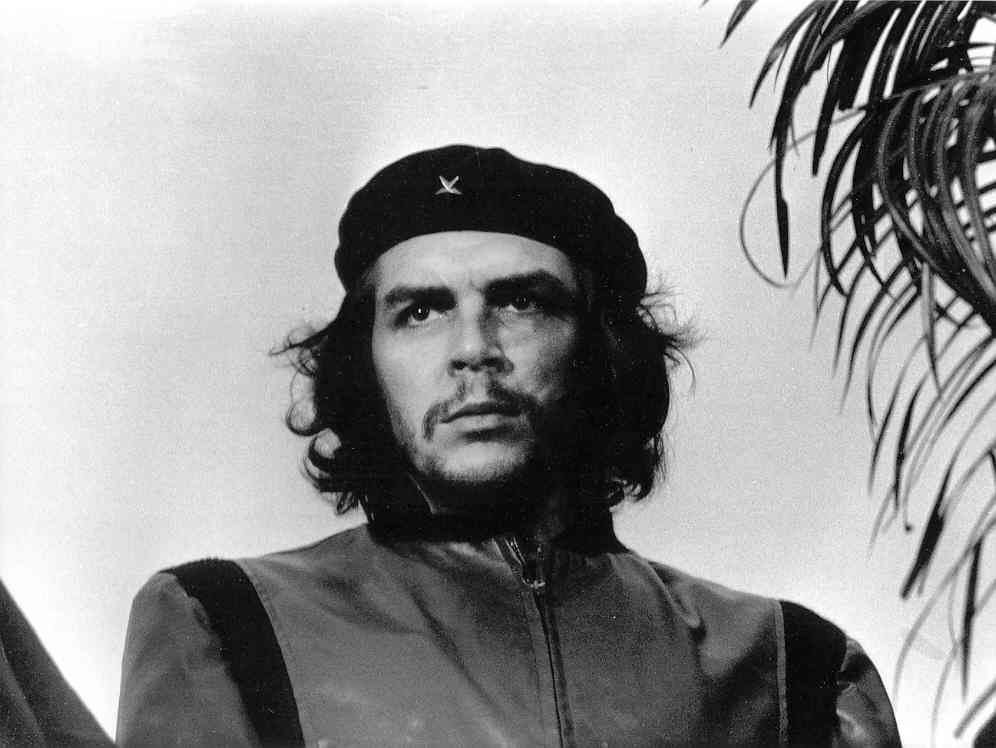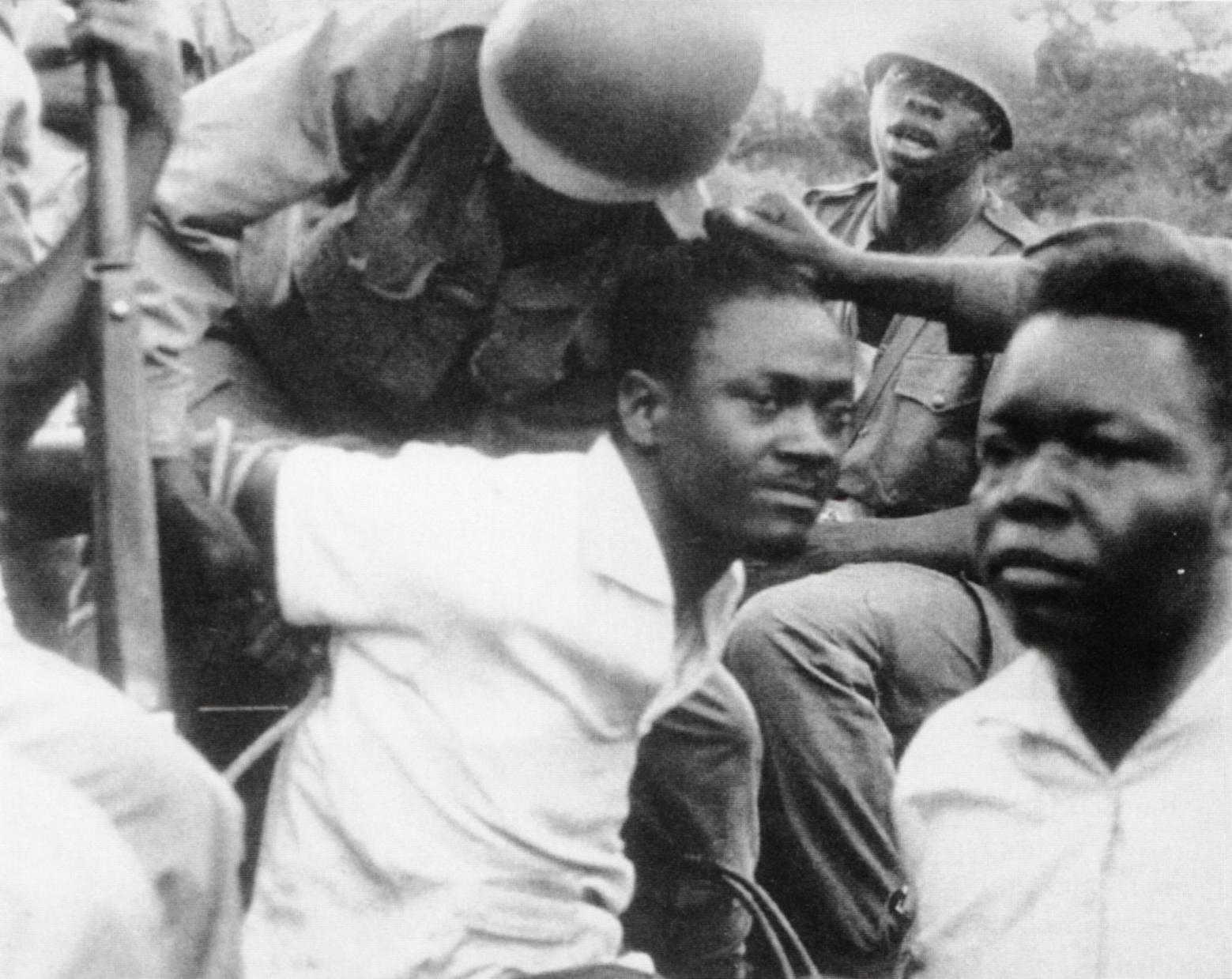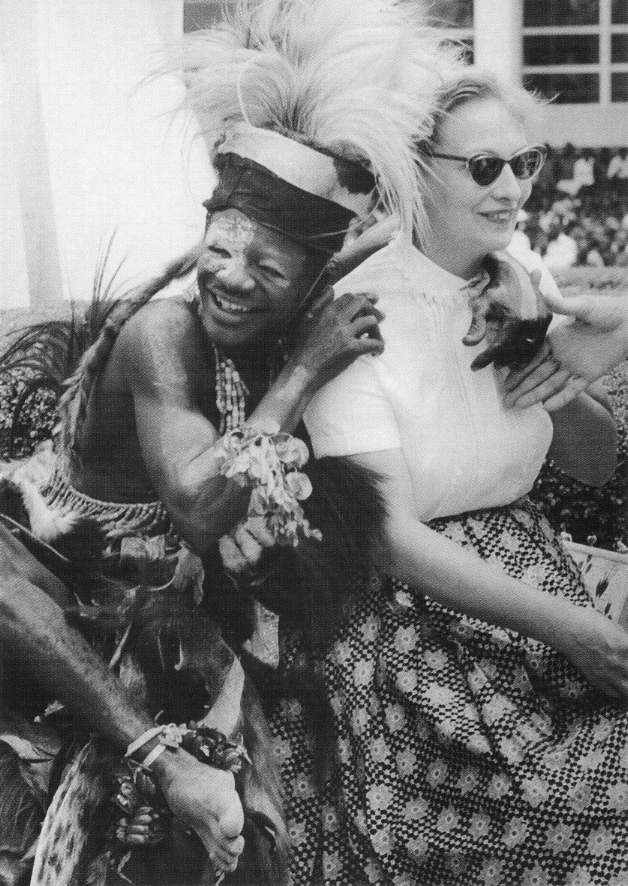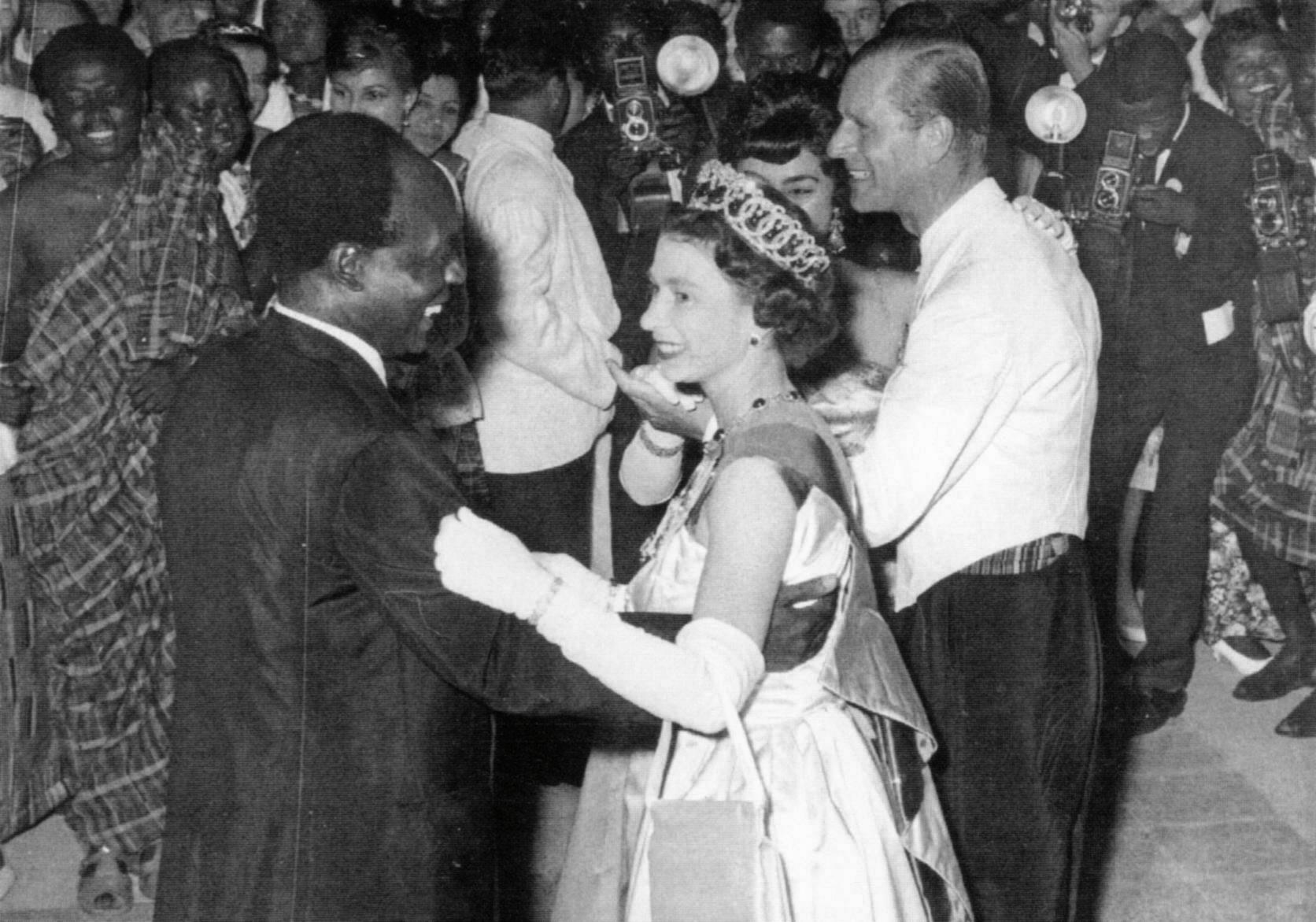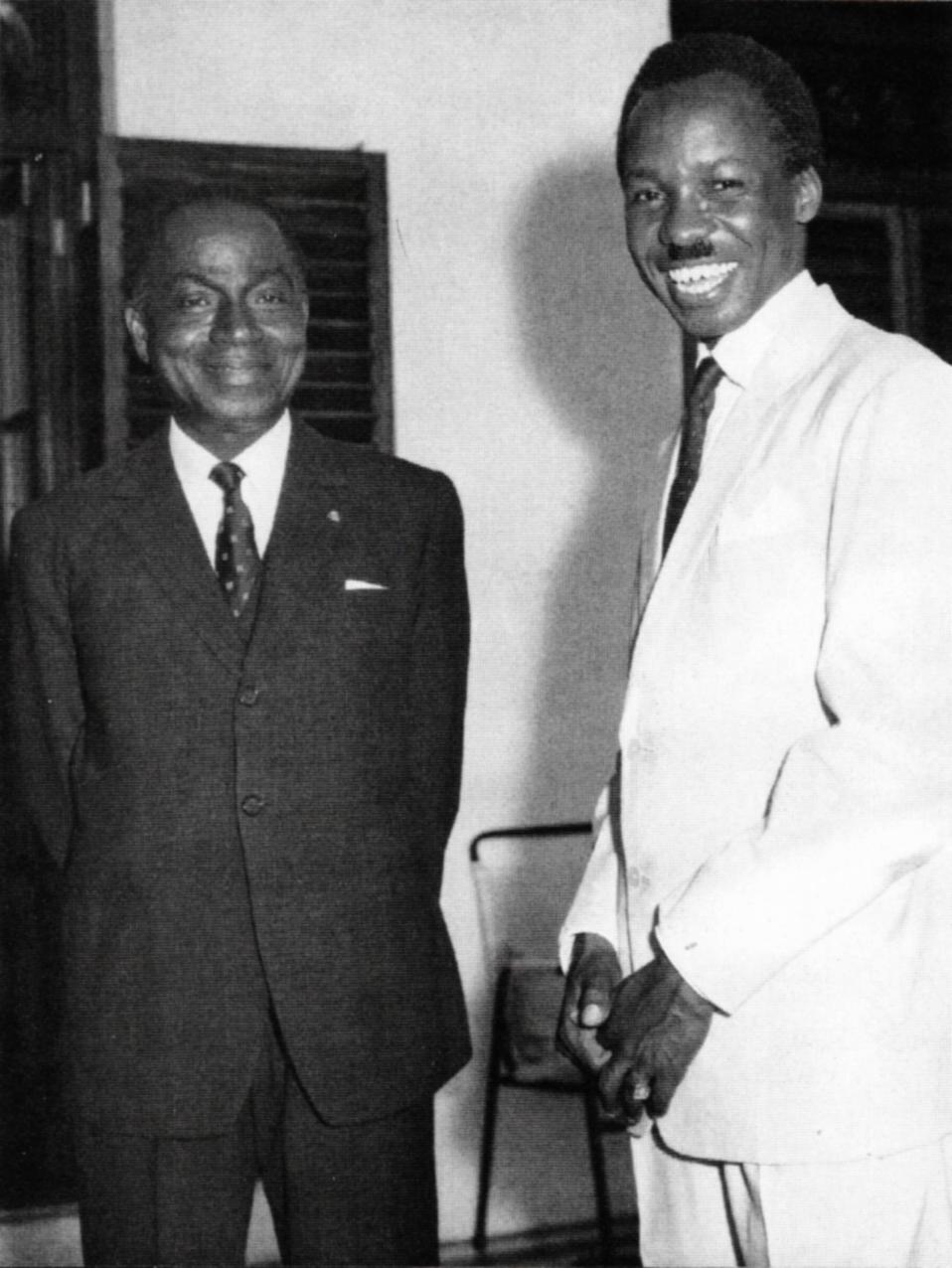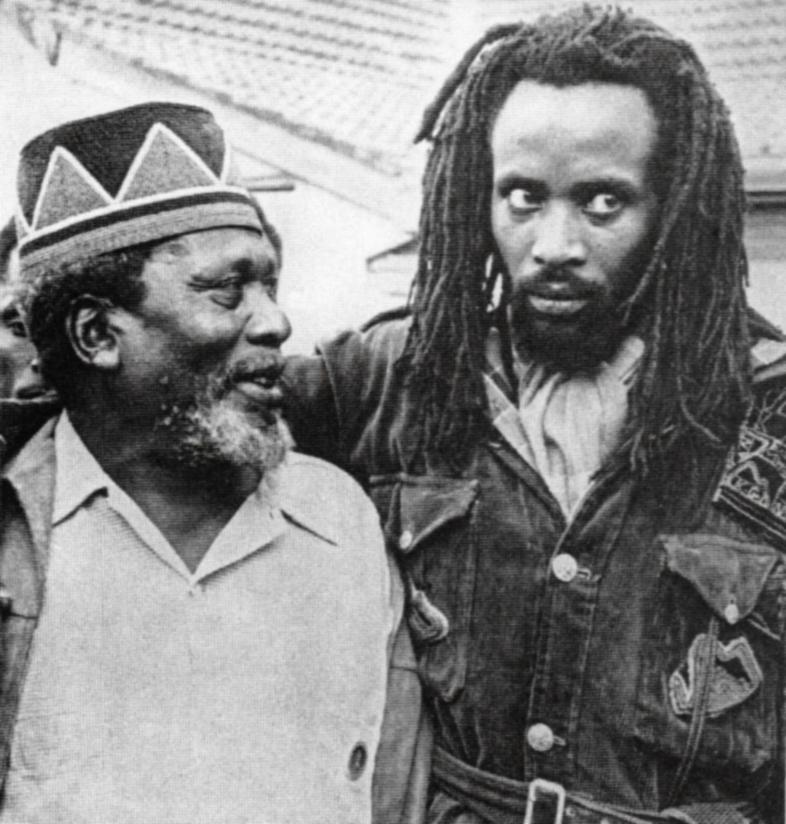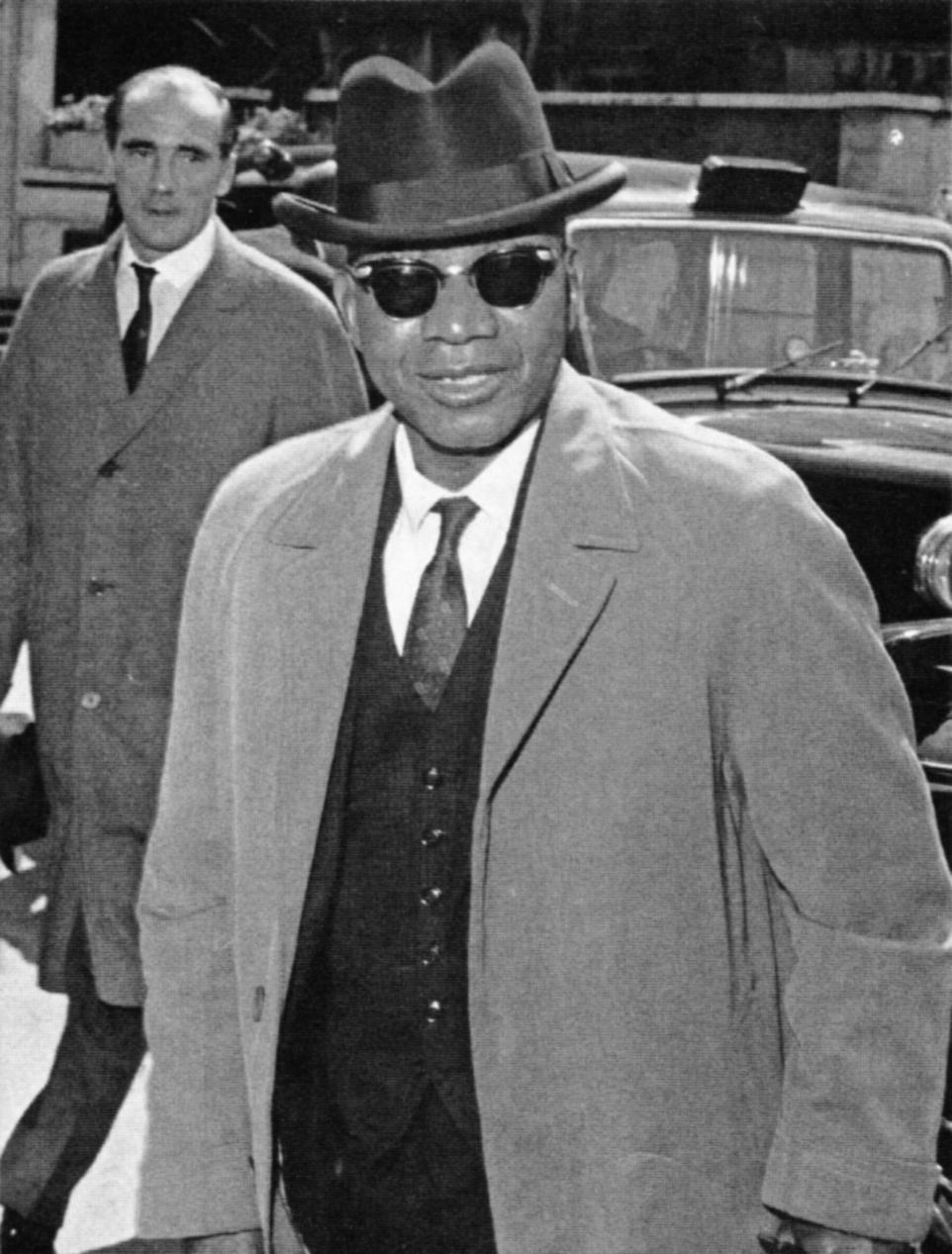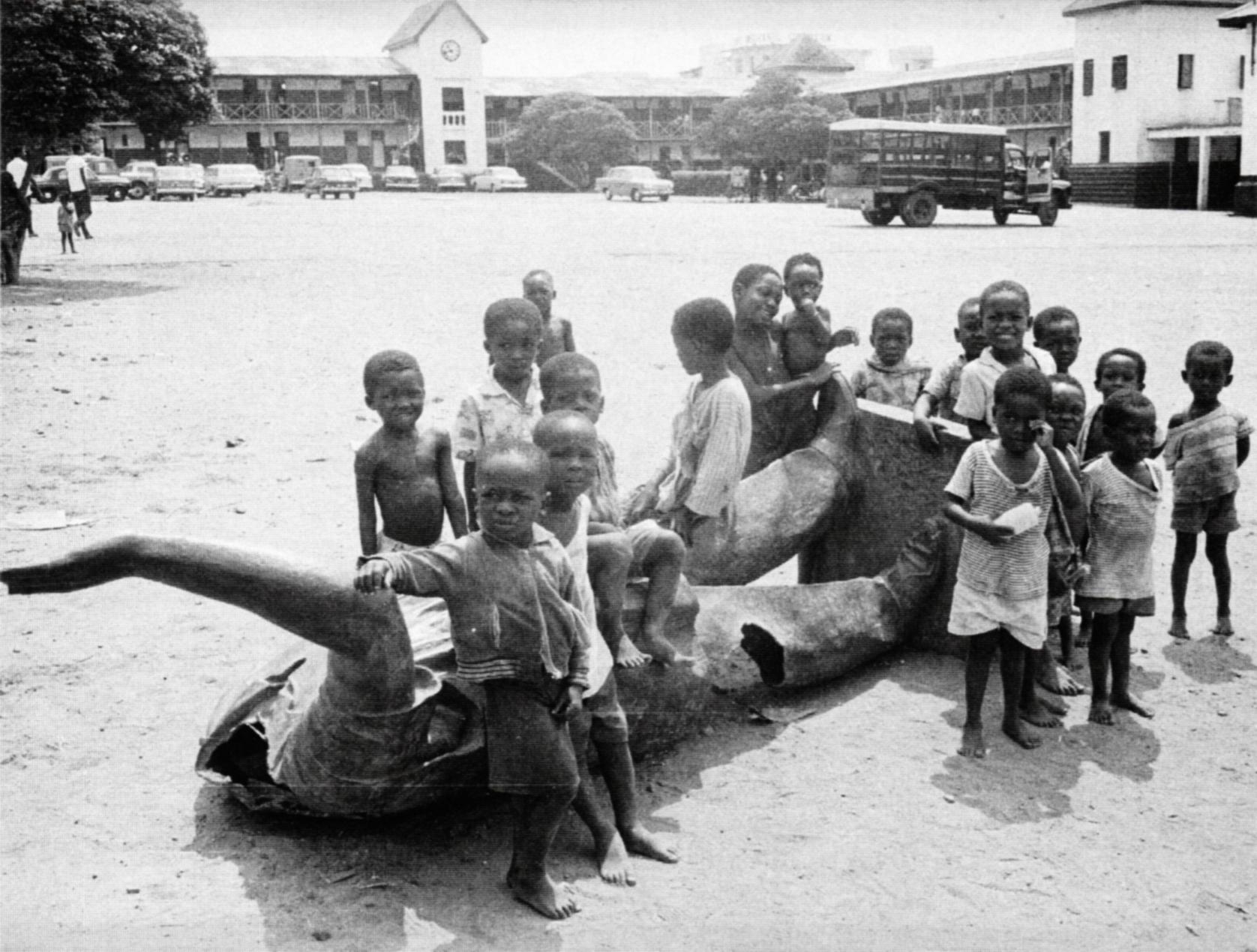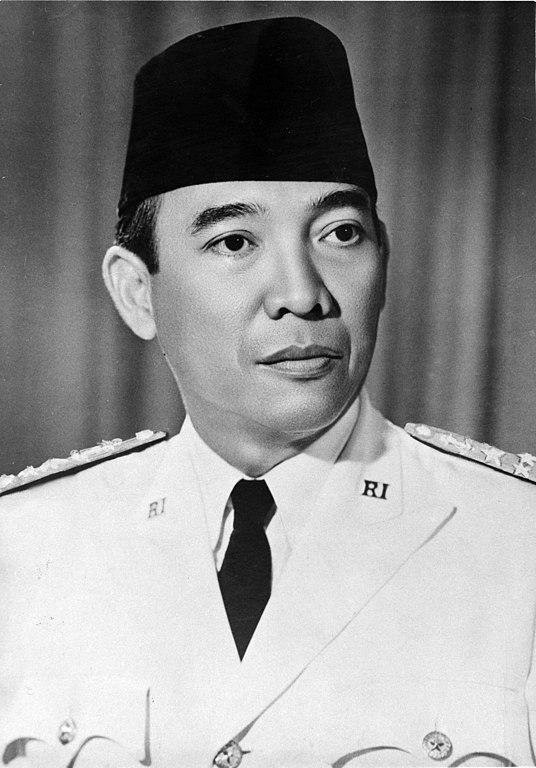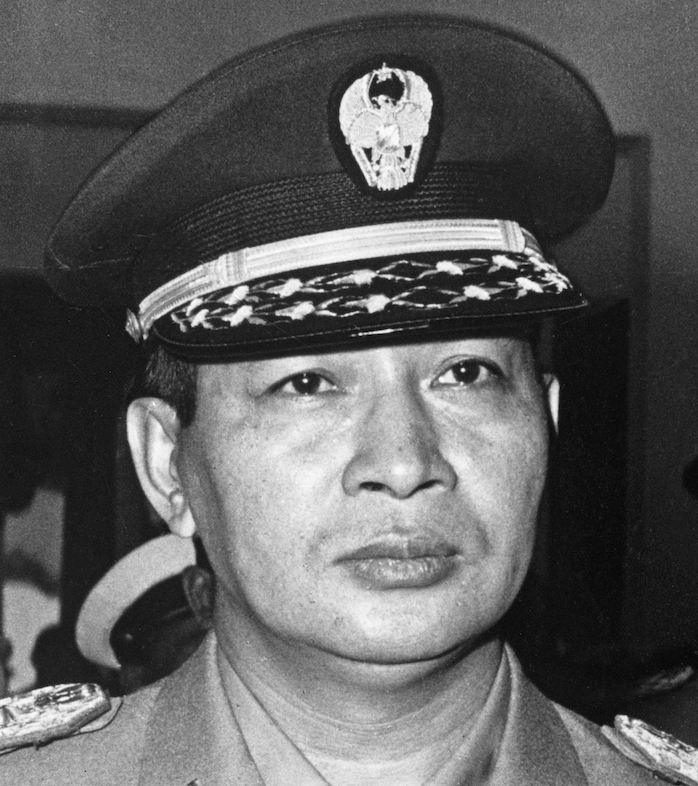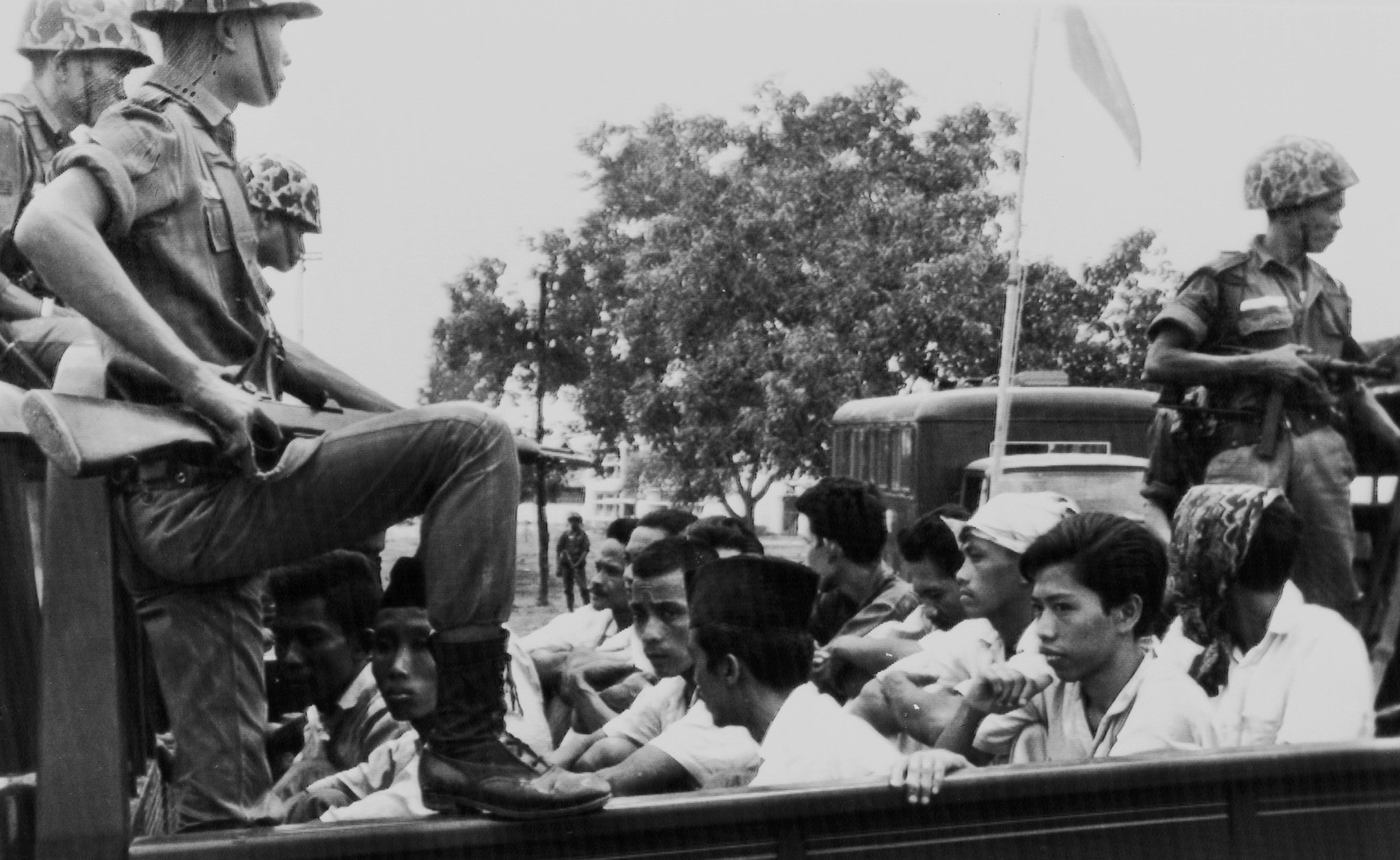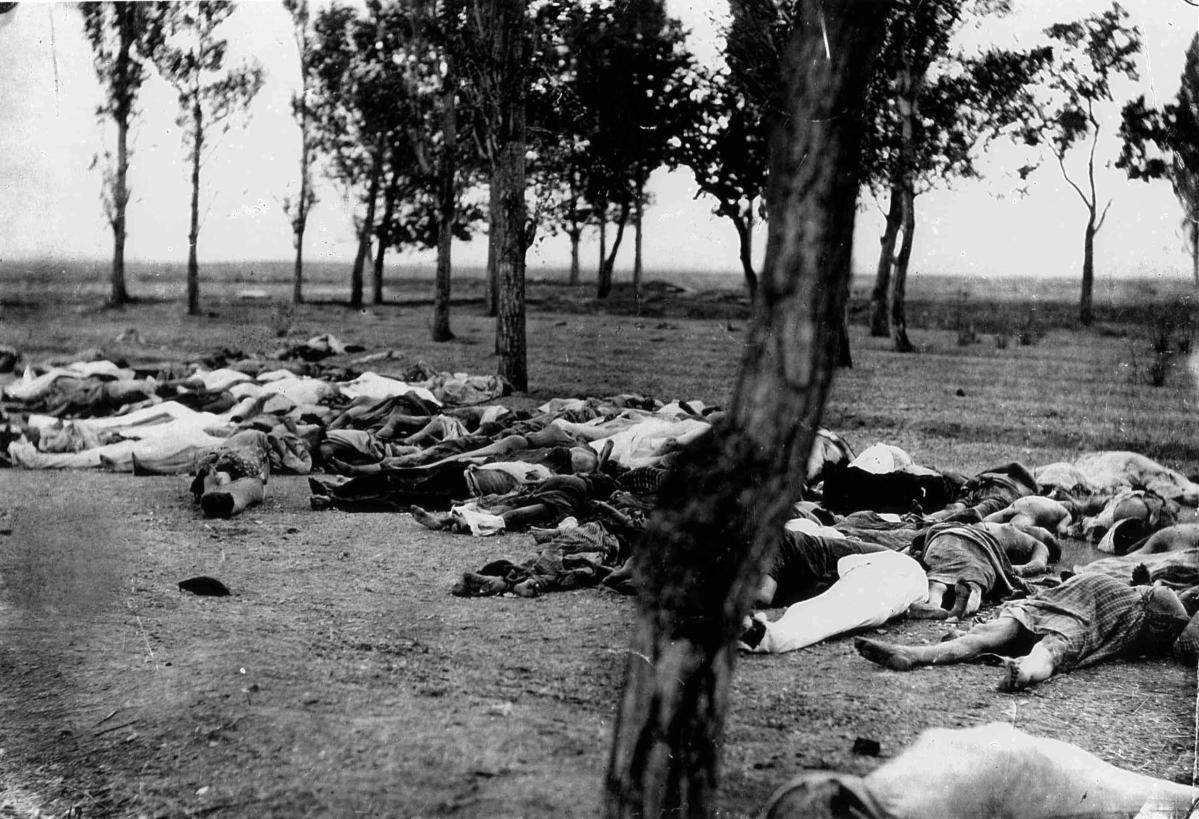19. THE SETTLING IN OF THE COLD WAR


DEEP STRUGGLES IN THE THIRD WORLD
 Cuba (with Soviet help) wants "liberate"
Cuba (with Soviet help) wants "liberate"the rest of Latin America
 The spread of the Independence
The spread of the Independence
Movement across Africa
 Indonesian political and ethnic cleansing
Indonesian political and ethnic cleansing
- 1965-1966
CUBA (WITH SOVIET HELP) WANTS TO "LIBERATE" THE REST OF LATIN AMERICA FROM AMERICAN INFLUENCE |
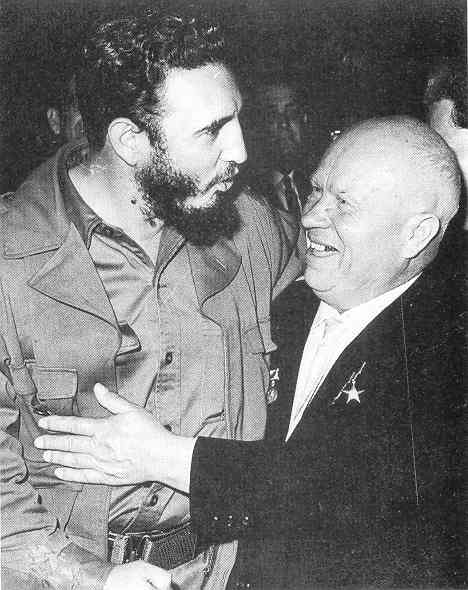 Fidel Castro and Nikita
Khrushchev
meeting in Harlem, New York while attending meetings
at the United Nations in October, 1960
Fidel Castro and Nikita
Khrushchev
meeting in Harlem, New York while attending meetings
at the United Nations in October, 1960Che Guevara - March 6,
1960 -
helping immensely to carry Socialist "liberation" forward in Latin America
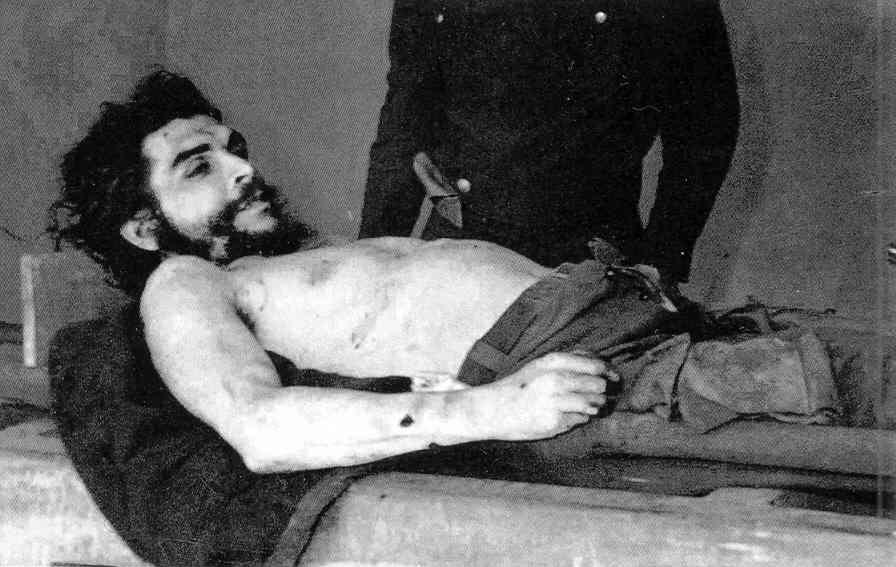
Che Guevara - caught and killed in Bolivia - 1967
THE SPREAD OF THE INDEPENDENCE MOVEMENT ACROSS AFRICA |
The Congo's ousted prime minister, Patrice Lumumba, held by Col. Joseph Mobutu's troops - 1960
on the Congo's (Brazzaville) day of independence - August 15, 1960
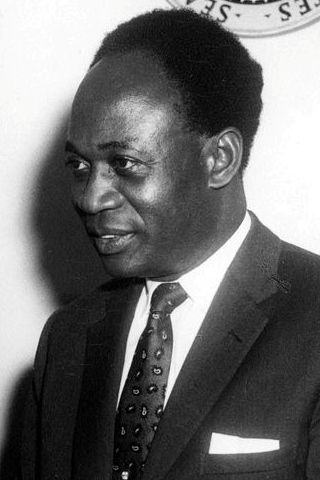 Kwame Knrumah of Ghana
Kwame Knrumah of GhanaGhana's President Kwame Nkrumah dancing with British Queen Elizabeth at the State House - 1961
Houphouet-Boigny of The Ivory Coast and Julius Nyerere of Tanganyika - 1962
Long-resistant Mau Mau (Meru district) leader General Mwariama finally pledges his support
to Kenya Prime Minister Jomo Keyatta - December 1963
Dr. Hastings Banda - President-for-Life of Malawi (1964-1994) at a Commonwealth Conference in 1964
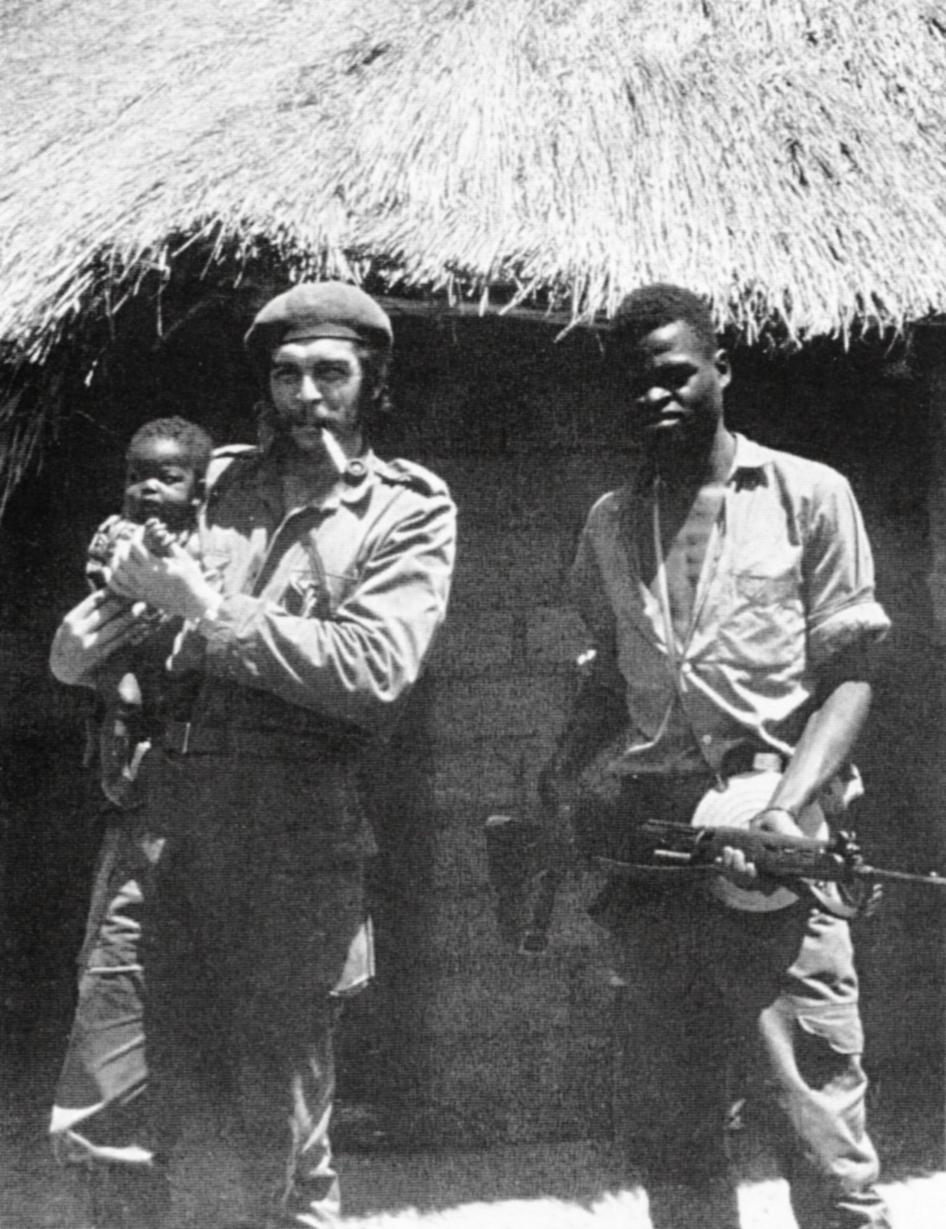
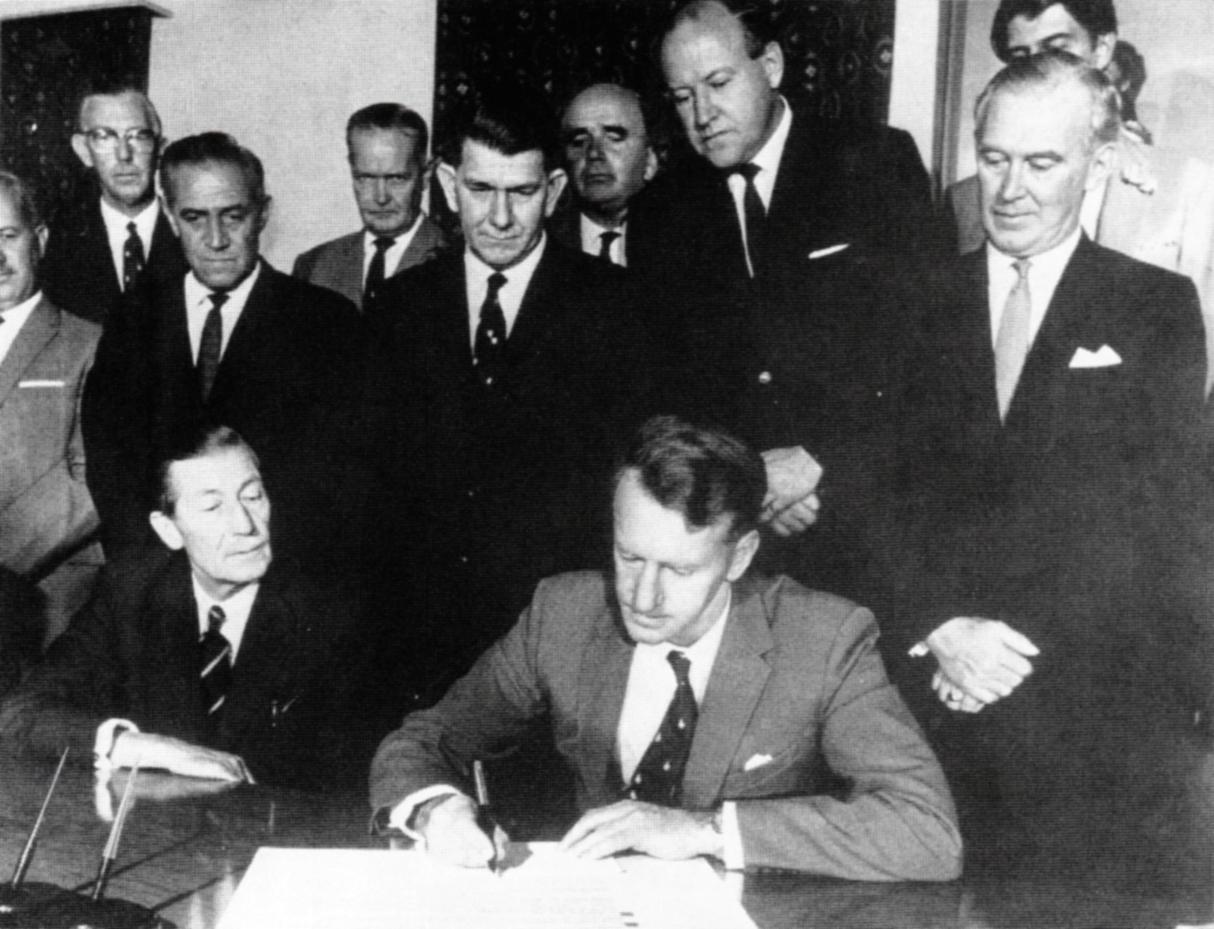
Ian Smith signing the Rhodesian Declaration of Independence in 1965 - to keep the country from fall into Black hands
Children at the toppled Nkrumah statue - 1966
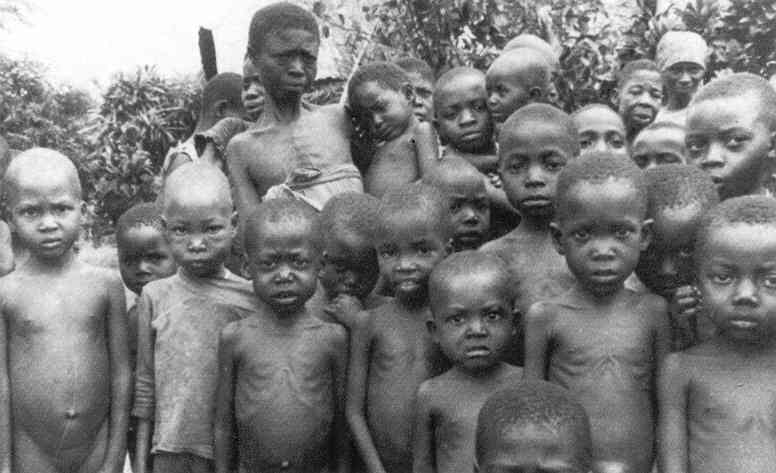
But within newly independent Nigeria, the Ibo tribesmen want their own Biafran "national" independence - 1967. The battle turns ugly for the Ibo.
APARTHEID IN SOUTH AFRICA |
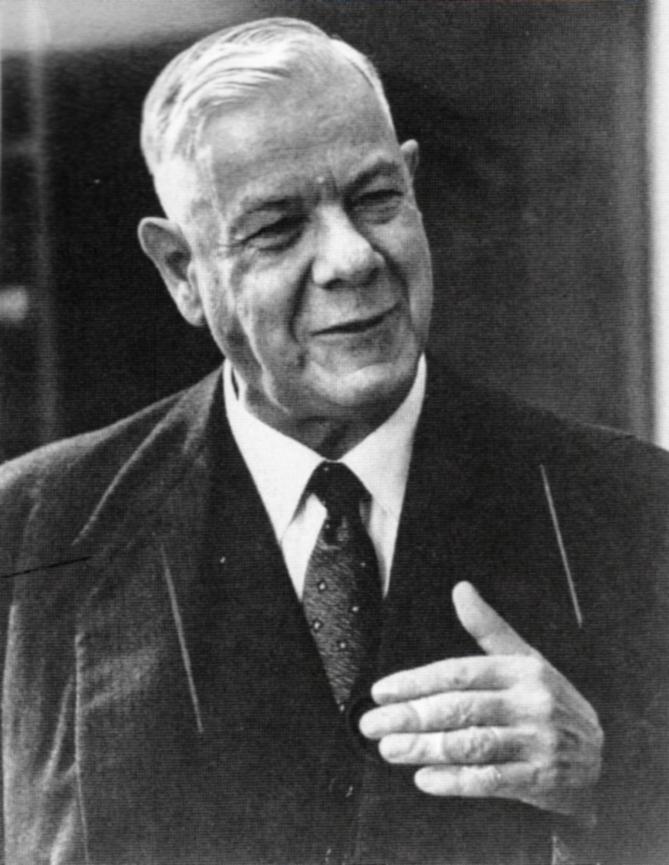
South African prime minister
Hendrick Verwoerd, designer of the apartheid ('separateness')
policy. He designed apartheid
to keep white South Africa from being overrun by Black Africans
flocking
from the tribal homelands into the squatter camps
around the South African cities
(the biggest and most notorious being the
Johannesburg suburb Soweto)
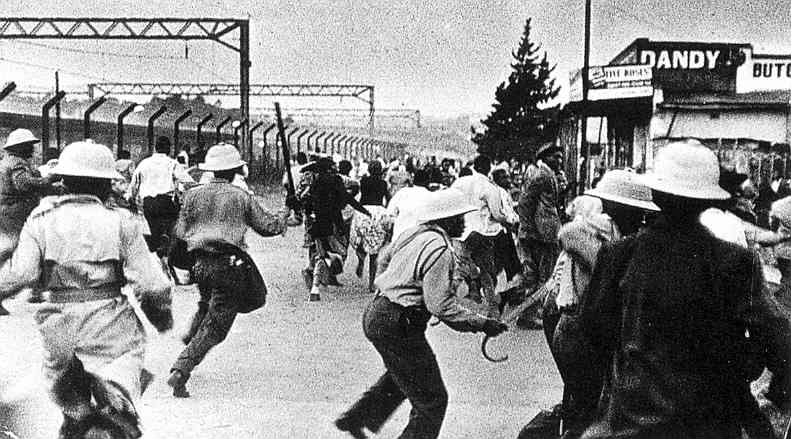 South African police attacking
demonstrators at Sharpeville - March 21, 1960. 69 people were killed -
178 wounded
South African police attacking
demonstrators at Sharpeville - March 21, 1960. 69 people were killed -
178 wounded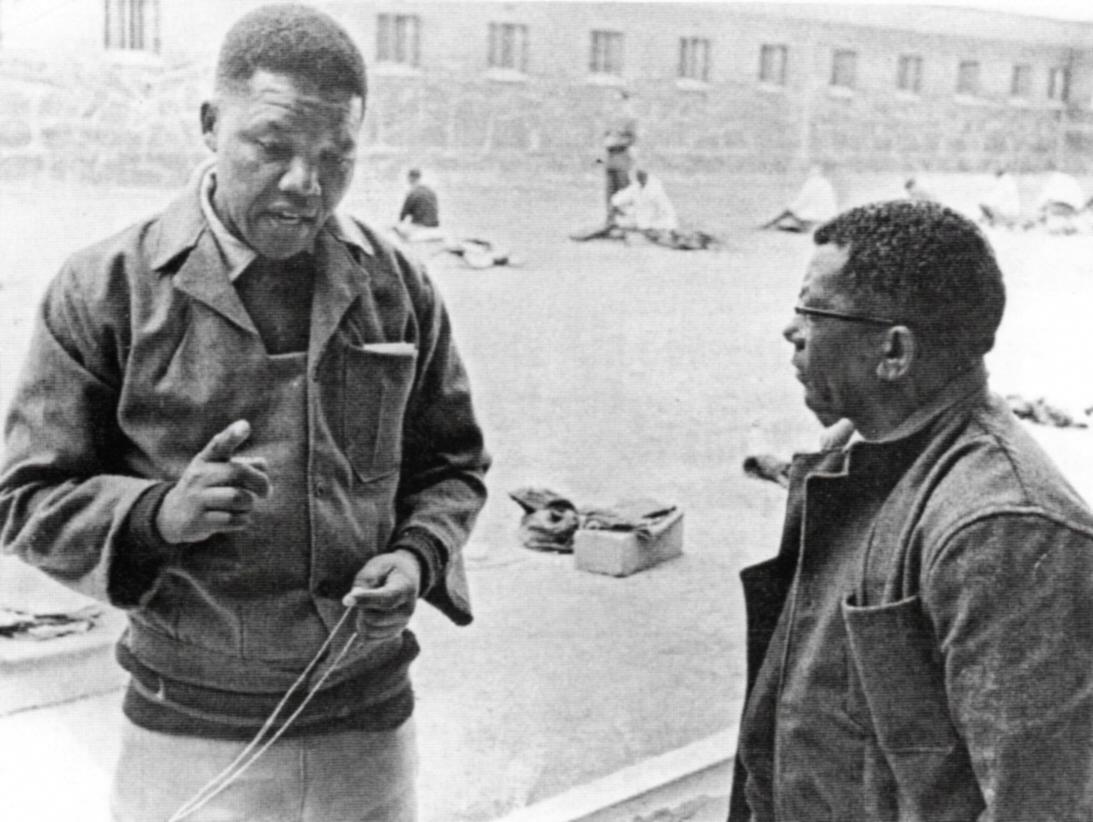
Nelson Mandela and Walter Sisulu at Robben Island prison - 1964
INDONESIAN POLITICAL AND ETHNIC CLEANSING ... AND RISE OF SUHARTO'S "NEW ORDER" |
| The
assassination of six Indonesian generals on October 1st (1965) by a
group of junior officers as the startup of a political coup ... led not
to success by these young officers but quite the contrary: deep
reprisals against what was characterized by the military leadership as
an attempted Communist coup. This marked the beginning of a massive campaign of the military to hunt down and eleminate the potential of the huge Indonesian Communist Party (PKI) - a major supporter of the China-friendly dictator Sukarno (and including hundreds of thousands of Indonesians of Chinese origin) - for any kind of a takeover. In fact, it became the excuse for the suppression or elimination of the 3 million members of the PKI. And it allowed military commander Suharto to move step by step against the long-standing dictator Sukarno ... and then finally take up the role of Indonesian dictator, implementing a "New Order," himself after finally arresting Sukarno in March of 1967 (who then remained under house arrest until his death in 1970). How this military reprisal was carried out was kept from public view ... and thus the arrest, imprisonment and ultimately killing of hundreds of thousands of "Communists" was information fully suppressed by a rising military authority. And it apparently had very strong support or at least encouragement from both the American and British secret services ... a natural byproduct of American President Johnson's paranoia about the falling dominoes of Southeast Asian societies brought under dictatorial control by an expansive Communist movement. Dictatorship was to be fought without hesitation ... unless that dictatorship happened to be pro-American or at least pro-Western. |
Indonesian dictators Sukarno (1945-1967) and Suharto (1967-1998)
An event of September 30-October 1 1965 decides Suharto to eliminate the "threat" to Indonesia
posed by the huge Indonesian Communist Party (PKI) ... and by pro-China Sukarno
Indonesian army arrest of members of the Young Communist Party (Pemuda Rakyat) - October 1965
| It is estimated that as many as half a million (or possibly even twice that number) Indonesians were killed in the massacre of 1965-1966 ... and more than a million imprisoned. But no follow-up investigation was ever allowed ... and news of the event was strongly suppressed in Indonesia at the time (and after). And the anti-Communist West (notably America) was of no mind to dig into the matter either. |
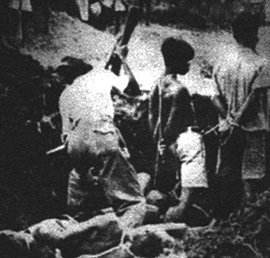
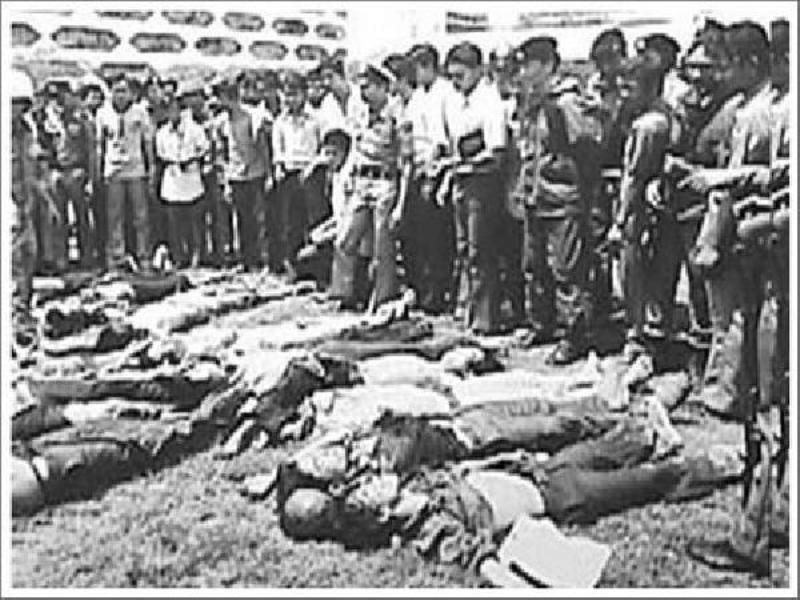

Go on to the next section: De Gaulle vs. The Anglo World



